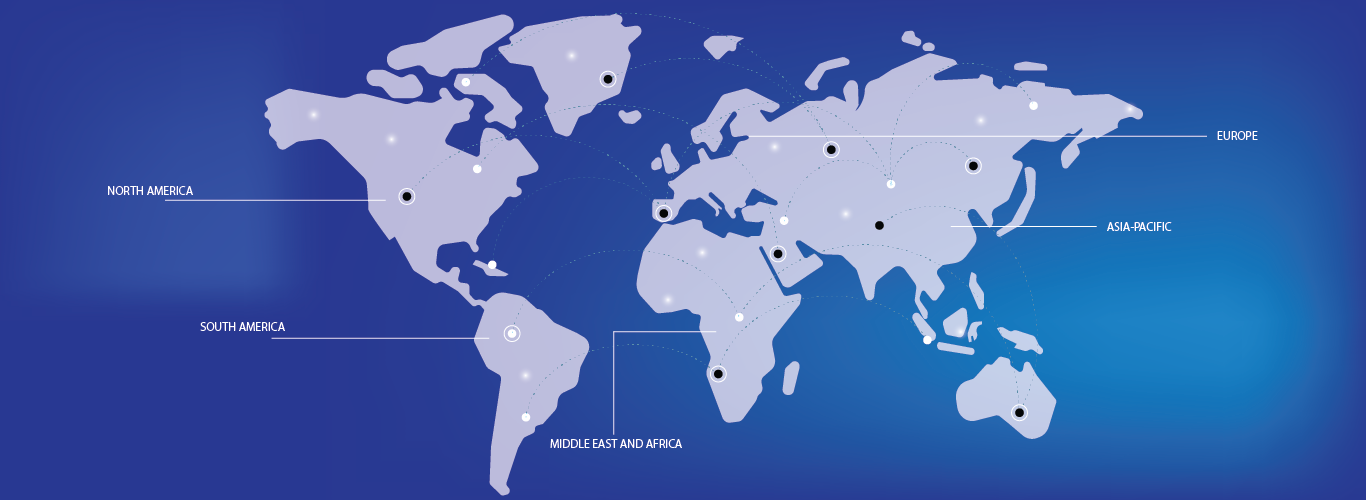- Mercury poisoning treatment includes a range of therapeutic interventions such as the use of chelating agents to remove mercury from the body. Drugs like Dimercaprol, Dimercaptosuccinic Acid, and D-Pennicillamine are commonly used for this purpose.
- The demand for mercury poisoning treatments is largely driven by rising mercury exposure from industrial activities, environmental contamination, and the increasing number of reported cases of mercury toxicity.
- North America is expected to dominate the mercury poisoning treatment market due to stringent environmental regulations, high healthcare standards, and the increased prevalence of industrial mercury exposure.
- Asia-Pacific is anticipated to be the fastest-growing region in the mercury poisoning treatment market due to rapid industrialization, heightened awareness about mercury-related health risks, and expanding healthcare access.
- The chronic mercury poisoning segment is expected to dominate the global mercury poisoning treatment market with the largest share of 63.47% in 2025 due to the prolonged exposure to mercury through occupational and environmental sources. Chronic toxicity cases are more prevalent as they often go undetected for long periods, leading to neurological, renal, and immune complications that require ongoing treatment.




